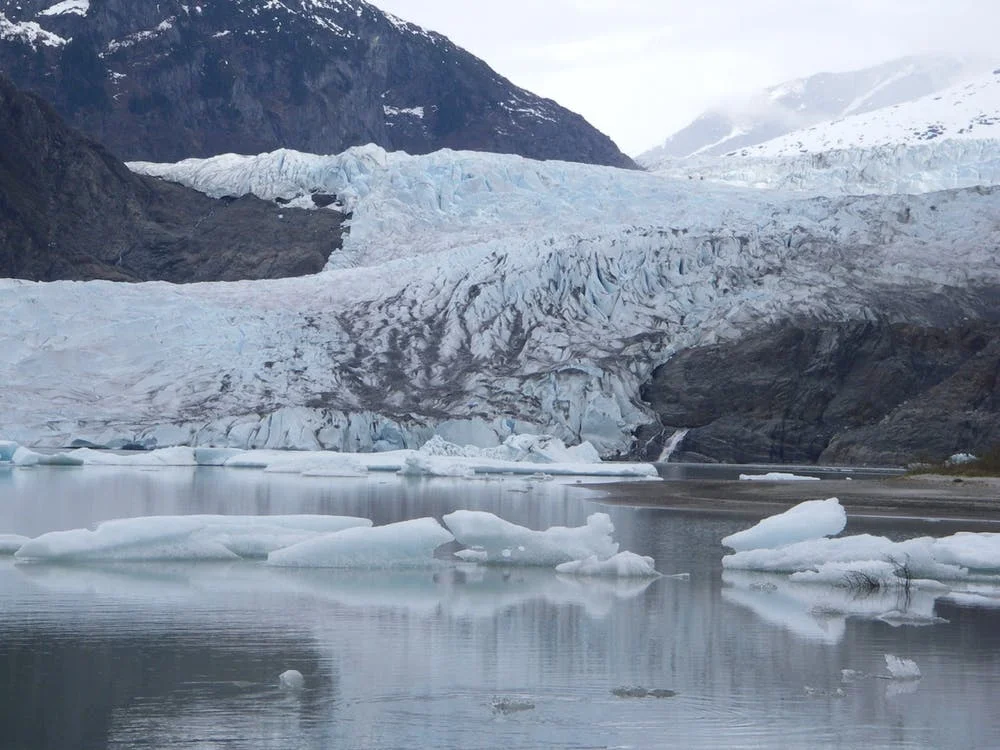MEET THE BIOLOGISTS WHO DEDICATE THEIR LIVES TO SAVING THEIR CHOSEN BEAR SPECIES
BROWN BEAR
Chris Morgan in an ecologist specializing in international bear research and conservation. He has studied the brown bear for over 20 years, traveling across the world to document and support their role in the envionment.
SPECTACLED BEAR
Robyn Appleton conducted the first-ever observation study of wild spectacled bears. The founder and research director of Spectacle Bear Conservation Society Peru, she presents her findings around the world to raise awareness of their plight.
POLAR BEAR
A biolgist for Environment Canada, Nick Lunn devotes his career to studying the polar bear. In Churchill, Manitoba in the spring and fall of each year, he conducts his research on the causes of their endangered population status.
SUN BEAR
Wong Siew Te's research of the smallest bear species in the Borneo rainforest is pioneering and has taken him to the most threatened wildlife habitat on earth, where he founded the Bornean Sun Bear Conservation Center.














